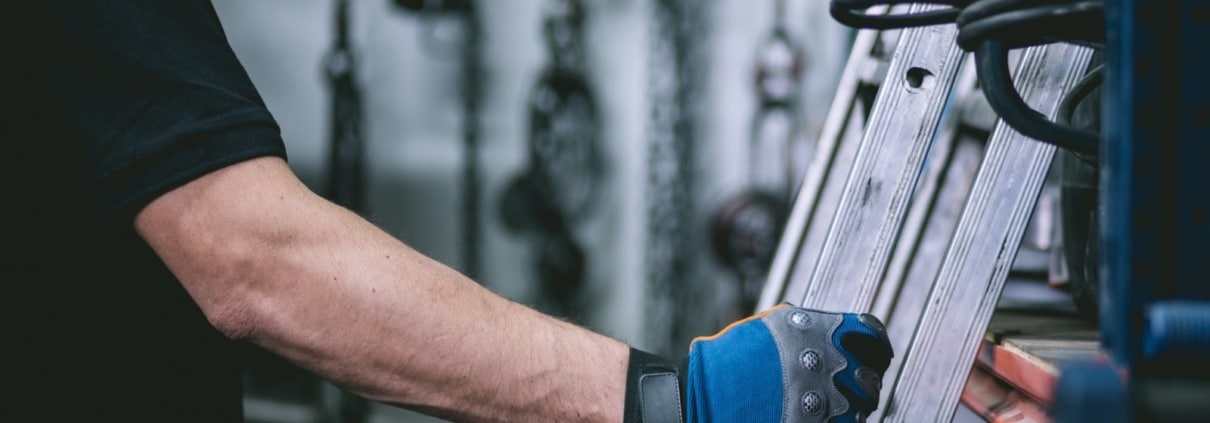Ladder Inspections and Checklists for Ladder Safety
Ladders are one of the most common tools used both at home and professionally. Yet, there are still thousands of ladder accidents every year. Ensure ladder safety through regular inspections and by following approved safety guidelines. There’s more to it than you may know. So, where should you begin?
Ladder Safety Checklist
There are some universal basic points you should go over when you are inspecting your ladder before use. Keep this checklist handy so you don’t forget any of the steps. These points of simple observation could save you from a dangerous fall.
- Read the stickers. The manufacturer tag will contain important information like the duty rating, maximum working length, and year of manufacture.
- Look at the feet of your ladder. Are they level and on stable ground?
- Check for damage on the side rails and all of the steps. Look for rust, corrosion, dents, or debris. Substances like mud or oil could cause a slip.
- Fasten everything securely before climbing. Make sure rung locks and spreader bars are in place and engaged.
- Use the 4-1 rule for placement. Every 4 ft of height requires one foot of distance from the vertical surface.
If you discover any problems after going through the checklist, do not use the ladder without addressing the issue. For example, wipe off any mud or move the ladder to stabilize the feet. Place as many times as you need to before going up.
Guidelines for Inspecting Ladders
The Occupational Safety and Health Administration (OSHA) sets national workplace safety standards. They recommend inspecting a ladder before each use. At the minimum, a ladder should be inspected before every shift.
You should document every ladder inspection you complete. You can track the health of your ladder, ensure compliance with safety guidelines, and be prepared in the event of an accident. There are device applications and templates available for such documentation.
Defective Ladders
If you find a ladder to be defective, do not use it. Assess the damage and ascertain whether it is repairable. Once you have fixed it to the best of your ability, redo the inspection to make sure it is ready to go.
If repairs are not possible, the ladder is no longer usable. Remove the ladder from the workplace and dispose of it properly.
Ladder Safety Education
It is vital to keep your team trained on ladder safety so that everybody is using ladders responsibly each time. Give them the tools for success and keep your workplace safe. If everybody knows what the best practice is, they can help keep each other accountable, as well.
Ladder safety is nothing to skimp on, so bring in the experts if you’re new to these standards. Whether you have a ladder for cleaning your gutters or run a team of employees who use ladders on the job, the right training is key. Contact Construction Safety Experts at (919) 463-0669 so we can provide you with comprehensive training and help your team prevent accidents.








